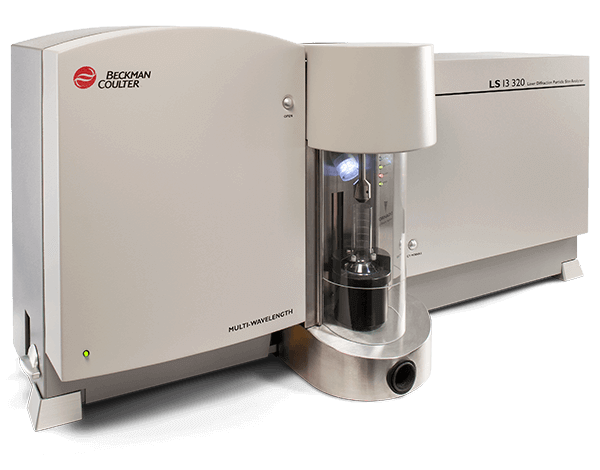Malvern Particle Size Analyser
- Malvern Particle Size Analysis 2000
- Malvern Particle Size Analysis Principle
- Malvern Particle Size Analyser Principle
The world’s leading particle size analyzers. Malvern Panalytical is the world’s leading supplier of particle size analyzers. Our systems enable our customers to maximise productivity and develop better products faster. The control and understanding of particle size and size distribution is key in understanding both physical and chemical properties. Mastersizer particle size analyzers using laser diffraction technology are the worlds leading particle size analyzers. Fallout new vegas laser rifle. What are the benefits of owning a Malvern particle size analyzer? Wet or liquid dispersion method development for laser diffraction particle size distribution measurements. Particle size analysis is to measure the particle size distribution of the individual or primary particles in a given sample. According to the National Institute of Standards and Testing (NIST), a primary particle is defined to be the smallest identifiable subdivision in a particulate system (1). It is important that the.

